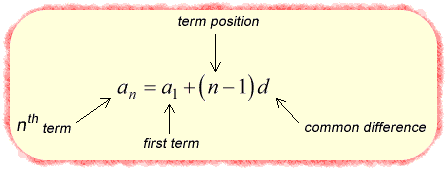Tell
The thing that I learned this week are solving radical equations and factoring polynomial expressions.
The left side is equal to the right side, so the solution is: x=20
Taking a square root is the inverse of squaring.
These inverse operations are used to solve radical equations.
Step:
1.Isolate the radical
2.Square both sides
3.Solve for X
4.Check for Extraneous roots by substituting.
(√5x-9)-2=7
5x-9>0
x>1.8
(√5x-9)-2=9
5x-9=81
5x=90
x=18




